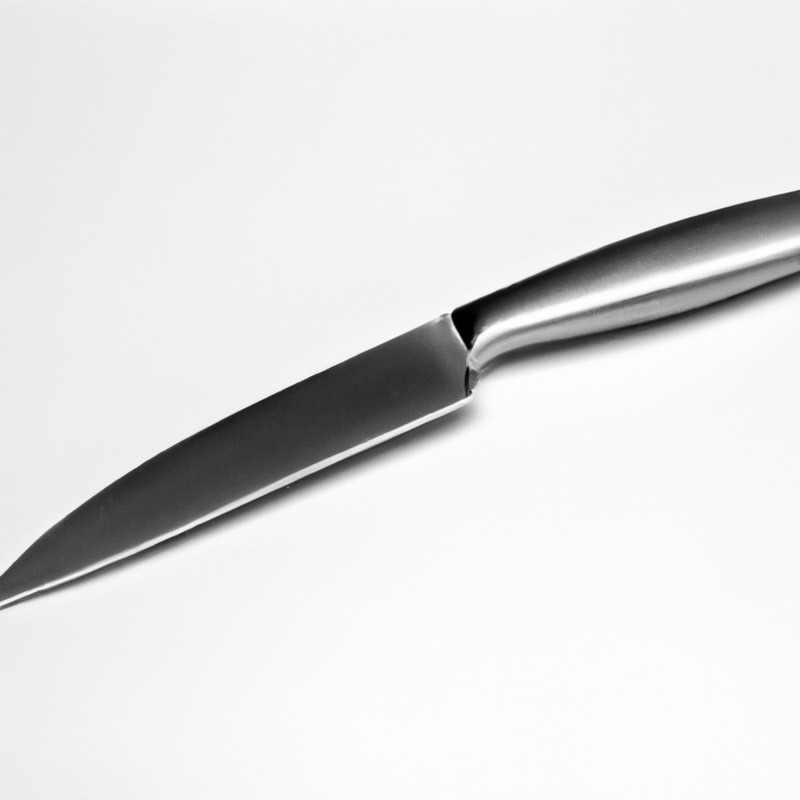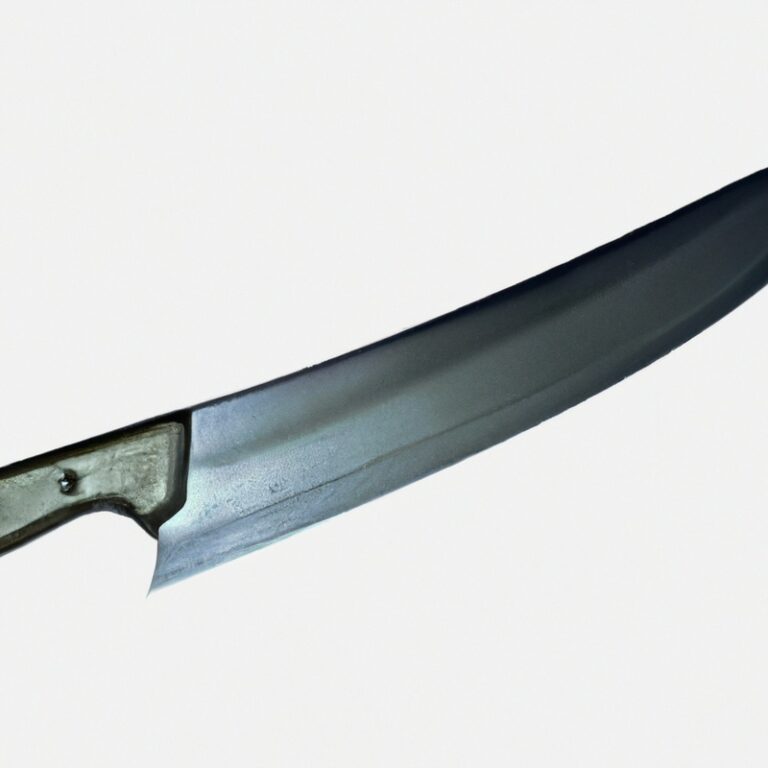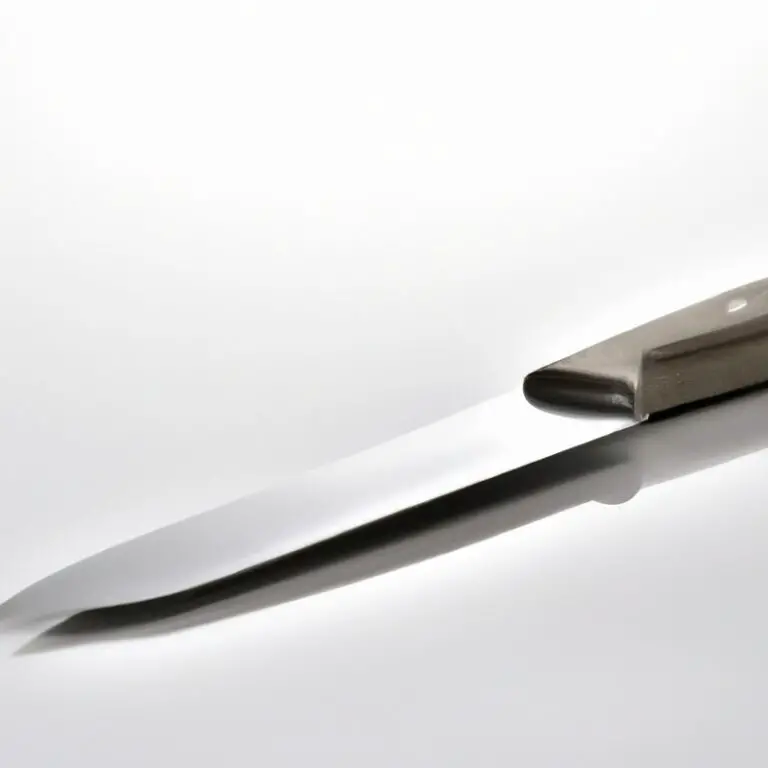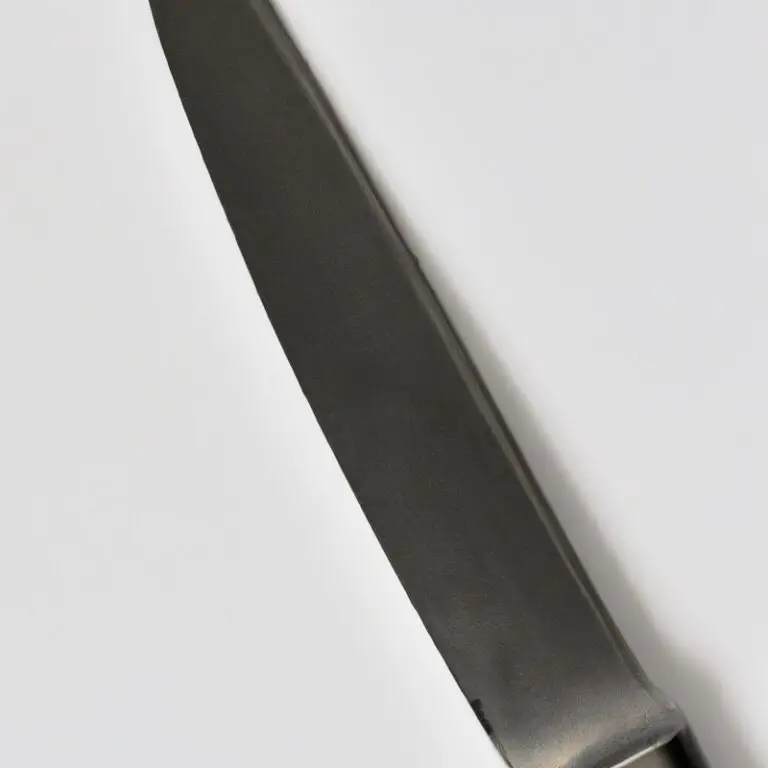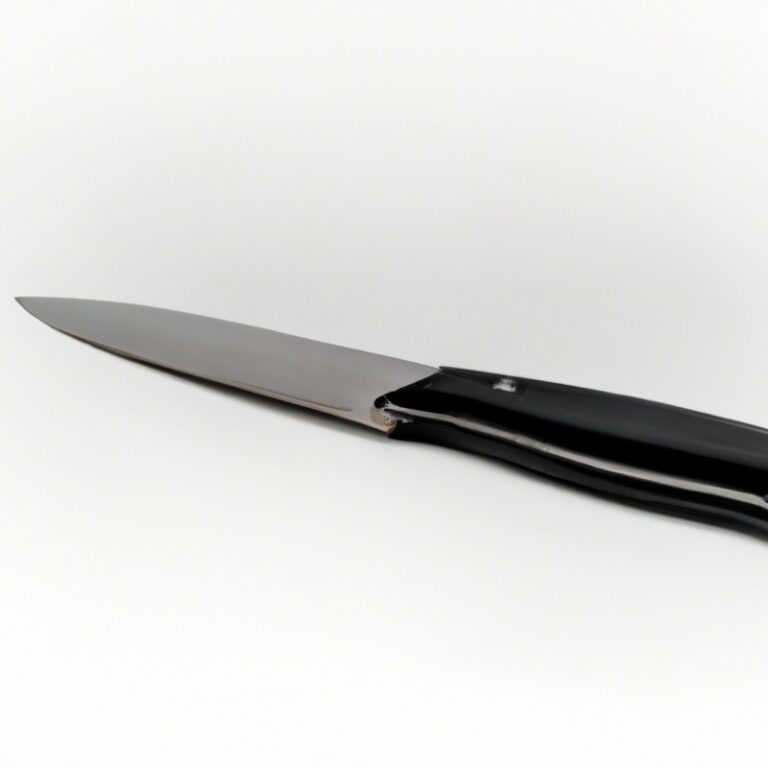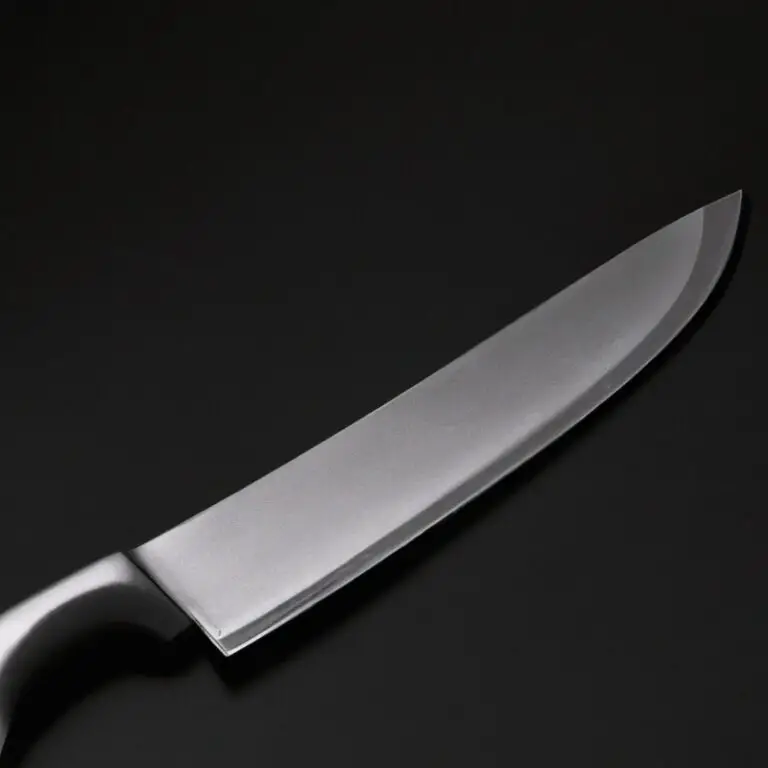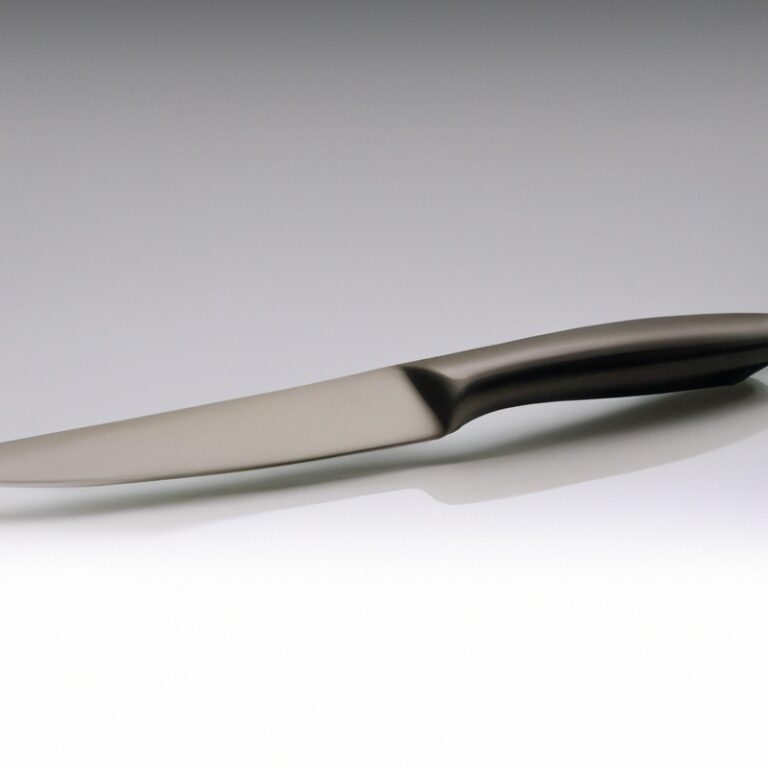What Are The Characteristics Of Damascus Steel?
Key Takeaways:
- Damascus steel is characterized by its distinctive wavy pattern and exceptional hardness.
- It was historically used to create high-quality swords and blades.
- The exact technique for making Damascus steel was lost, but modern attempts to recreate it have achieved varying degrees of success.
- The unique composition and forging process of Damascus steel are believed to contribute to its superior strength and durability.
Have you ever been captivated by the beauty and mystery of Damascus steel?
The exquisite patterns, the legendary strength, and the rich historical significance of this ancient material have fascinated people for centuries.
But what exactly are the characteristics that make Damascus steel so special?
In this article, I will be diving deep into the history, composition, unique properties, and applications of Damascus steel.
We will also explore how to care for and identify authentic Damascus steel.
So, buckle up and join me on this journey to uncover the secrets of one of the most extraordinary materials ever created.
| Characteristics | Description |
|---|---|
| Strength | Damascus steel is known for its exceptional strength, making it highly sought after for weapons and tools. |
| Flexibility | It has a high level of flexibility, which allows it to withstand repeated stress and impact without breaking. |
| Patterned Appearance | Damascus steel is known for its distinctive patterns, created by the layering and folding process during its production. |
| Sharpness | It is known for its incredible sharpness, enabling fine and precise cutting. |
| Resilience | Damascus steel has excellent resistance to wear and corrosion, making it durable and long-lasting. |
| Historical Significance | It holds a rich history and cultural significance, as it was first developed in ancient times and used by various civilizations. |
| Unique Composition | It is typically composed of iron and steel alloys, with carbon content that contributes to its distinct properties. |
History of Damascus Steel
Origins of Damascus Steel
Damascus steel, known for its exceptional strength and beautiful patterns, originated in the Middle East during the medieval period. It was first crafted in the city of Damascus, which is how it got its name.
The exact manufacturing process of Damascus steel remains a mystery, but it is believed to involve a technique called pattern-welding.
This process involves layering and forging different types of steel together to create a blade with unique properties. Despite its ancient origins, Damascus steel continues to captivate and inspire both artisans and collectors today.
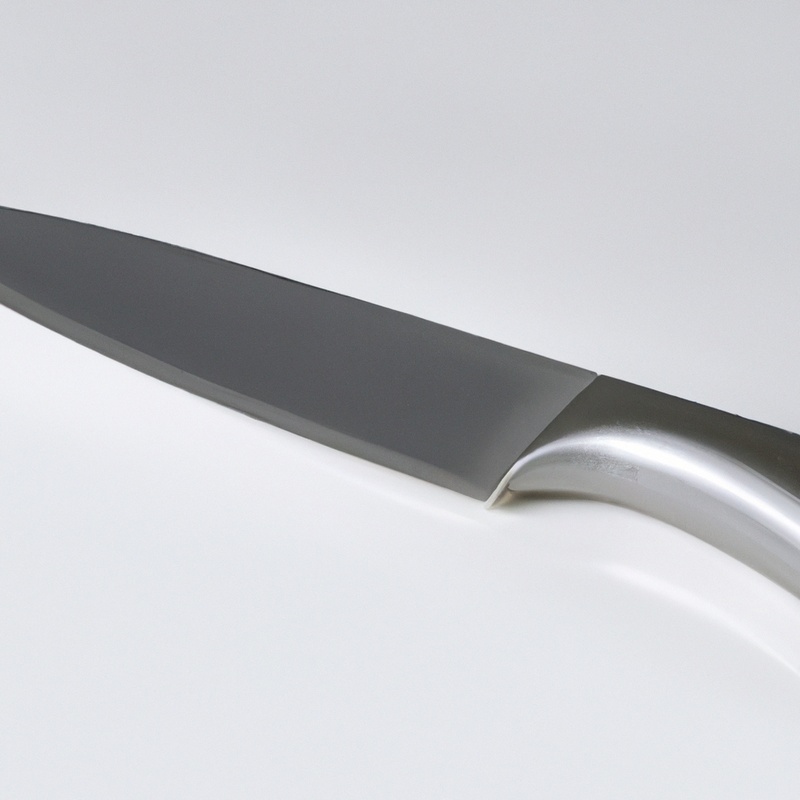
Historical Significance of Damascus Steel
Damascus steel holds great historical significance due to its legendary strength and craftsmanship. Dating back to ancient times, this alloy was highly sought after and admired for its exceptional quality.
It was widely used in the making of swords, daggers, and armor, giving warriors a superior edge in battle.
Damascus steel was also prized for its beautiful and distinctive patterns, making it a symbol of prestige and wealth. Today, the legacy of Damascus steel continues to captivate historians, collectors, and craftsmen alike, preserving its historical significance for future generations.
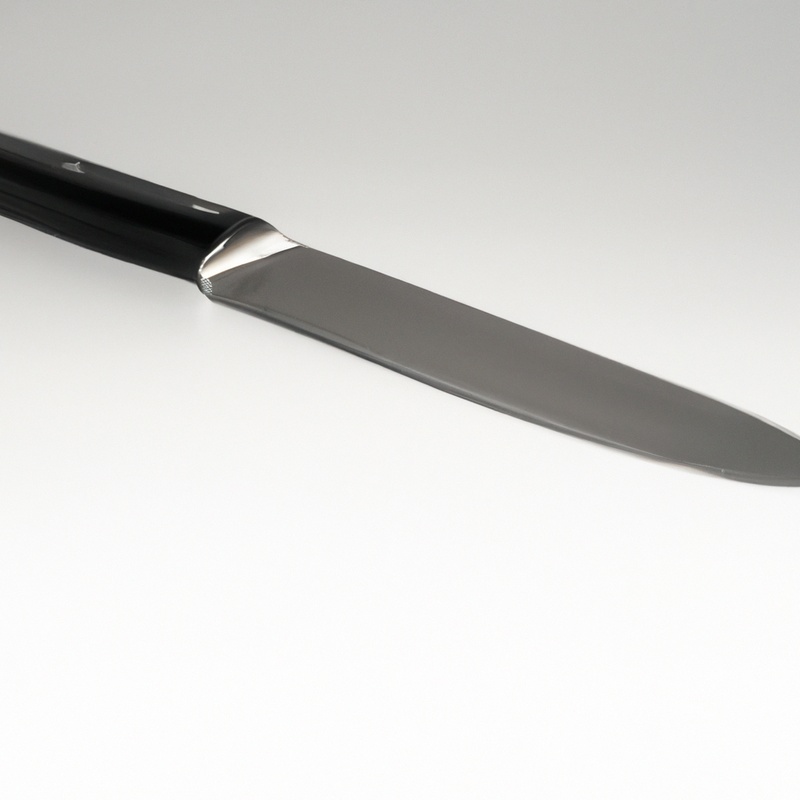
Composition of Damascus Steel
High Carbon Content in Damascus Steel
The high carbon content is a key characteristic of Damascus steel.
It is typically composed of layers of steel that contain varying carbon percentages, which contributes to its exceptional strength and sharpness.
The presence of a higher carbon content allows for the formation of hard carbides, enhancing the steel’s hardness and wear resistance.
Moreover, the carbon content affects the pattern-welding process, creating the distinctive swirling patterns that Damascus steel is renowned for.
The high carbon content is crucial to achieving the unique properties and aesthetics of this remarkable steel.
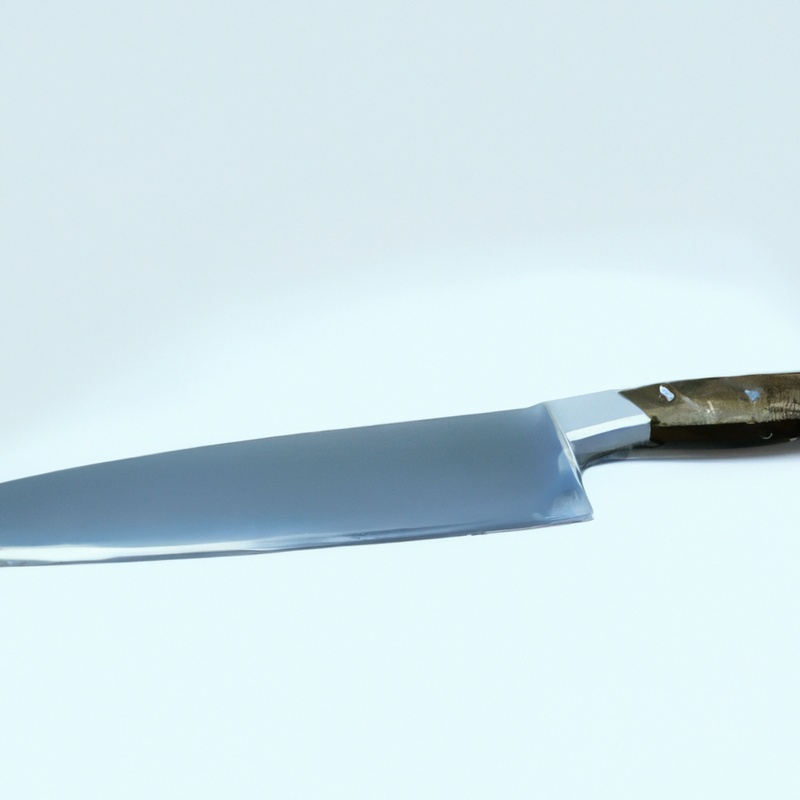
Pattern-Welding Technique in Damascus Steel
The pattern-welding technique is a key aspect of Damascus steel. It involves the process of forge-welding layers of different types of steel together to create a distinctive pattern.
The layers are folded and twisted, creating unique and beautiful patterns that are characteristic of Damascus steel.
This technique not only enhances the aesthetic appeal of the steel but also contributes to its strength and durability. The precise manipulation of the layers and the incorporation of various metals during the forging process result in the creation of the exquisite patterns that Damascus steel is known for.
The pattern-welding technique is a traditional and time-honored method that has been used for centuries.
Its craftsmanship and artistry continue to be admired and sought after today.
Unique Properties of Damascus Steel
Exceptional Strength and Durability of Damascus Steel
Damascus steel is known for its exceptional strength and durability. This is due to its unique composition and manufacturing process.
The high carbon content in Damascus steel gives it the strength needed to withstand heavy use and impacts.
Additionally, the pattern-welding technique used in its creation increases its durability by evenly distributing stress and promoting flexibility. These properties make Damascus steel highly sought after for weapons and tools that require strength and longevity.
Its reputation for strength and durability has withstood the test of time.
Distinctive Water-Quenching Patterns in Damascus Steel
The distinctive water-quenching patterns in Damascus steel are one of its most recognizable characteristics.
These patterns, often referred to as “damascus patterns” or “veins,” are created during the forging process.
When the hot steel is quenched in water, it forms a unique pattern due to the contrast in hardness between the different layers of steel.
The resulting patterns can resemble waves, swirls, or even intricate landscapes.
The beauty of these patterns has made Damascus steel highly sought after for both functional and decorative purposes.
It’s truly a remarkable feature that sets Damascus steel apart from other types of steel.
Applications of Damascus Steel
Weaponry Applications of Damascus Steel
Weaponry applications of Damascus steel were highly valued throughout history. Its exceptional strength and durability made it ideal for blades, swords, and knives.
The distinct water-quenching patterns added to its beauty and prestige.
The sharp edge and resilience of Damascus steel made it highly sought-after in combat, providing an advantage to warriors. Today, modern reproductions continue to be used in high-end knives and swords, preserving the legacy of Damascus steel in the realm of weaponry.
Decorative and Artistic Uses of Damascus Steel
Damascus steel is widely known for its decorative and artistic uses. Many artisans and craftsmen appreciate its unique patterns and distinctive appearance.
It is commonly used to create beautiful and intricate jewelry, such as rings, bracelets, and pendants.
The striking contrast between the dark and light layers of the steel creates a visually stunning effect. Additionally, Damascus steel is often used in the production of knives and swords, serving both as a functional tool and a work of art.
Its captivating patterns make it a popular choice for collectors and enthusiasts alike.
Whether displayed as a centerpiece or worn as an accessory, Damascus steel adds an element of elegance and sophistication to any setting.
Modern Reproductions and Usage
Contemporary Production of Damascus Steel
Contemporary production of Damascus steel involves recreating the ancient technique through a process called pattern welding. This involves layering different types of steel together, such as high-carbon and low-carbon steel, before heating, hammering, and folding them repeatedly.
The result is a beautiful, intricate pattern that is characteristic of Damascus steel.
Modern blacksmiths and artisans continue to make Damascus steel using this traditional method, keeping the legacy of this historic material alive.
Utilization of Damascus Steel in Various Industries
Damascus steel has found applications in various industries due to its unique properties.
In the automotive industry, Damascus steel is used for creating components such as engine parts and suspension systems, thanks to its exceptional strength and durability.
In the culinary industry, chefs value Damascus steel knives for their sharpness and beauty.
Additionally, in the jewelry industry, artisans utilize Damascus steel for creating luxurious and artistic pieces.
The versatility of Damascus steel makes it an attractive choice in these industries, where both functionality and aesthetics are important.
Care and Maintenance of Damascus Steel
Cleaning and Oiling Damascus Steel
Cleaning and oiling Damascus steel is essential for maintaining its beauty and preventing corrosion. To clean, gently wipe the blade with a soft cloth and mild soap.
Avoid abrasive cleaners that could scratch the surface.
After cleaning, dry the blade thoroughly to prevent water spots. To protect against rust, apply a thin layer of oil to the steel.
Mineral oil or specialized knife oil works well.
Ensure even coverage and store the blade in a dry place. Regular cleaning and oiling will help preserve the integrity and longevity of your Damascus steel.
Preventing Rust and Corrosion in Damascus Steel
To prevent rust and corrosion in Damascus steel, there are a few key steps you can take.
Firstly, keep your Damascus steel clean and dry at all times.
After each use, make sure to wipe it down with a clean, dry cloth to remove any moisture or dirt.
Secondly, apply a thin layer of oil to protect the steel from moisture and oxidation.
You can use mineral oil or specialized knife oil for this purpose.
Lastly, store your Damascus steel in a dry environment and avoid exposure to extreme humidity or prolonged moisture.
These simple practices will help preserve the beauty and integrity of your Damascus steel for years to come.
Collecting and Identifying Authentic Damascus Steel
Recognizing the Authenticity of Damascus Steel
Recognizing the authenticity of Damascus steel can be challenging, but there are a few key factors to consider. First, examine the pattern on the blade.
Authentic Damascus steel has distinct, intricate patterns resulting from the layering and folding process.
Next, check the blade for a high carbon content. Damascus steel is known for its high carbon content, which contributes to its strength and durability.
Additionally, look for signs of etching or acid treatment, as modern reproductions often use chemicals to mimic the appearance of authentic Damascus steel.
Lastly, consider the reputation and credibility of the seller or manufacturer when purchasing Damascus steel artifacts.
Evaluating the Value of Damascus Steel Artifacts
When it comes to evaluating the value of Damascus steel artifacts, there are a few key factors to consider.
Firstly is the overall condition of the artifact, including any signs of damage or wear.
Secondly, the rarity and uniqueness of the pattern in the steel can greatly affect its value.
Thirdly, the historical significance or provenance of the artifact can also play a role.
It’s important to consult with experts or reputable dealers when determining the value of a Damascus steel piece, as their knowledge and expertise can help ensure an accurate evaluation.
Final Verdict
Damascus steel is a fascinating material with a rich history and unique properties. Its origins lie in ancient civilizations, and its high carbon content and pattern-welding technique give it exceptional strength and durability.
With applications in weaponry, art, and various industries, it continues to be valued today.
Taking care of Damascus steel involves regular cleaning, oiling, and preventing rust and corrosion. While modern reproductions exist, identifying authentic Damascus steel requires knowledge and expertise.
Overall, Damascus steel is a remarkable material that continues to capture the imagination of enthusiasts and collectors alike.

